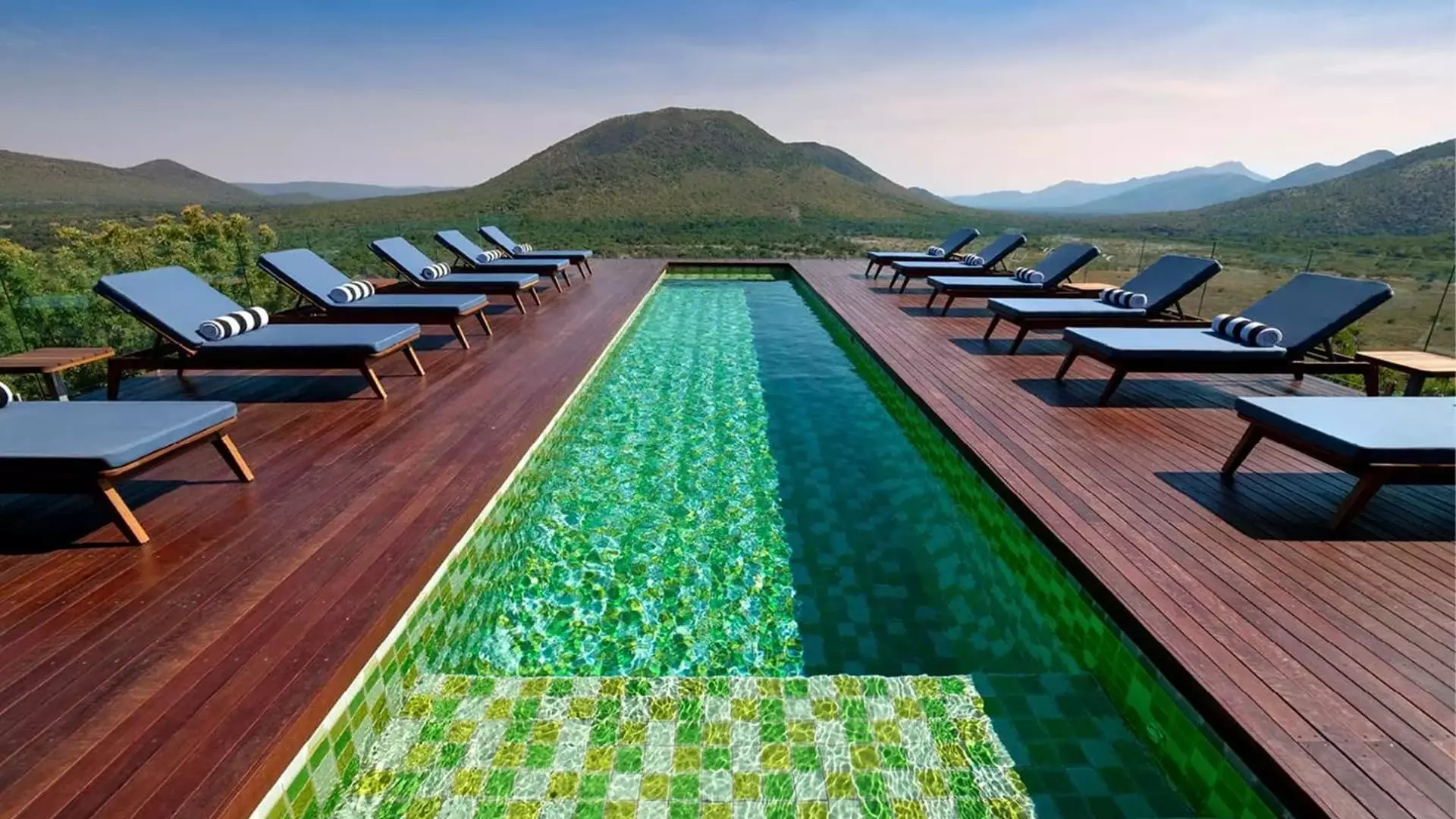For decades, luxury safaris have revolved around the exhilarating pursuit of Africa’s majestic wildlife, often epitomized by the storied ‘Big Five’—lions, leopards, elephants, buffaloes, and rhinos. Travelers would venture into the heart of the wilderness, adorned in the comforts of elegant tents and indulging in gourmet cuisines prepared by skilled chefs. However, this idyllic image of safari tourism is undergoing a radical transformation. Modern travelers are no longer satisfied with merely checking off items on a wildlife bingo card. With limited vacation time, they seek out experiences that resonate deeply with them—those that promise transformation and personal connection.
Rather than merely observing nature from afar, luxury safari-goers are expressing a desire for meaningful engagements with the environment and its inhabitants. They are yearning for personal connections that speak to their emotions, thereby shifting the narrative of what it means to embark on a safari adventure.
The luxury safari market today recognizes this burgeoning trend; the definition of exclusivity is evolving. Travelers are increasingly compelled by the desire for originality and unparalleled experiences that are difficult to come by elsewhere. As noted by Olivia Gradidge, a leading figure in safari marketing, the emphasis has transitioned toward curated adventures that highlight local culture and ecological preservation.
Modern luxury safaris offer guests opportunities to engage directly with wildlife conservation efforts or participate in enriching activities with local communities. This shift encompasses experiences that range from intimate encounters with gorillas guided by a veterinarian to immersive photography excursions deep in the bush. Gradidge explains that these behind-the-scenes activities are key, transforming safaris from simple observational outings into dynamic participatory initiatives.
The concept of ‘conscious luxury’ is gaining traction within the realm of safari tourism. A growing number of travelers are prioritizing sustainability, opting for experiences that minimize their environmental impact while also promoting societal well-being. This new wave of luxury tourism seeks to balance opulence with conscious choices. Kgomotso Ramothea, a prominent industry expert, shares that walking and trekking safaris are becoming increasingly popular, as they tend to produce a smaller carbon footprint compared to traditional vehicle-based excursions.
The rise of luxury accommodations also echoes this sentiment. Five-star lodges are now expected to integrate eco-friendly practices and engage in environmental preservation, contributing to the greater good. Guests are more inclined to invest in experiences that create positive impacts and support community development, thereby enriching their own travels.
Adapting to these trends inevitably brings changes to pricing in the luxury safari segment. As the demand for personalized and transformative experiences intensifies, average prices have surged. A luxury safari package in 2024 stands at approximately $9,600 per person, significantly marking the financial commitment travelers are willing to make in pursuit of unique experiences. This contrasts sharply with the more basic options available, which range from $100 to $300 per person per day.
With higher costs come greater expectations. Instead of being content with shared game drives and standard fare, luxury travelers now anticipate exceptional service and exclusive access to remarkable activities such as guided bush walks, night drives, and encounters with seasoned rangers. Renowned lodges like Angama Mara and Mahali Mzuri in Kenya epitomize this upscale market, offering lavish accommodations and tailored experiences that celebrate the beauty of the African wilderness.
Industry projections indicate a promising future for the luxury safari sector, with the market expected to grow from $1.7 billion in 2023 to an impressive $1.98 billion by 2032. This anticipated growth underscores a burgeoning demand for premium experiences that harmonize adventure with conscious tourism. High-end properties in diverse locations—such as Rwanda’s One & Only Gorilla’s Nest and Tanzania’s Singita Grumeti—are becoming hotspots for travelers in search of bespoke adventures and indulgent amenities.
As the landscape of luxury safaris continues to evolve, it will become increasingly important for operators to adapt to the changing desires of their clientele. Offering an emotional connection to nature, cultural immersion, and active participation in conservation are key components that will define success in this emerging market.
In essence, the modern luxury safari experience entails not just witnessing the beauty of the African continent but also engaging with it in a meaningful way. As travelers redefine their expectations and embark on journeys that transcend traditional tourism, the essence of safaris will undoubtedly continue to adapt and flourish.


Leave a Reply